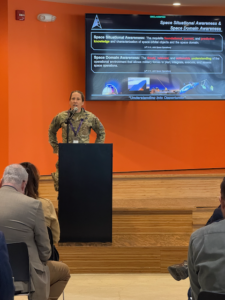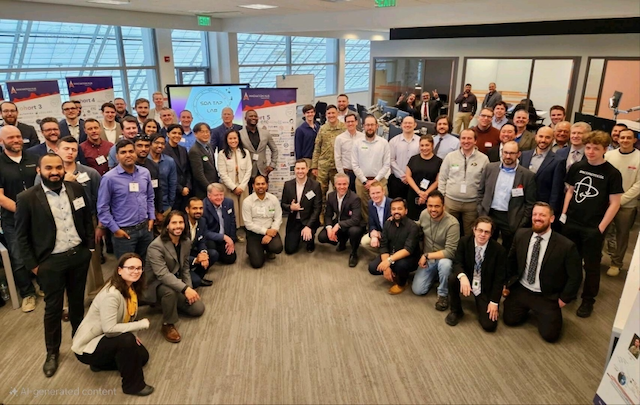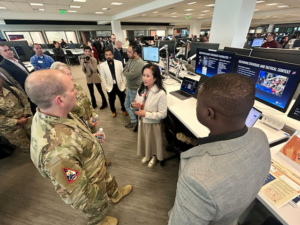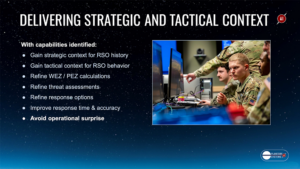The White House recently released America’s AI Action Plan – a bold roadmap to secure global AI dominance for the United States. At Planetary Systems AI, we have already been executing on it since Day 1 of our founding.

First and foremost, the plan calls for establishing an “AI & Autonomous Systems Virtual Proving Ground at DOD” to scope technical, geographic, security, and resourcing requirements for next-generation government and AI capabilities at the U.S. Department of Defense. Space is now a warfighting domain and space superiority is a priority in the United States’ position for Assured Access to Space for all.
Here’s how PSAI is delivering on America’s AI vision:
- Automation Systems at Scale – Our proprietary spacecraft-capability assessment models operate as a distributed AI proving ground, testing autonomous maneuver alerts, threat detection, and mission-critical decision-making 24/7 for space operations.
- Defense-Ready Technology – We are building secure, robust AI systems that the Department of Defense needs at unclassified levels—systems that can operate independently in contested environments with zero ground control that are proven and tested
- American Innovation – 100% U.S.-developed AI architecture designed with national security priorities from the ground up
- Rapid Adoption – Leveraging AI tools such as LLM’s and generative AI capabilities in innovative ways for in areas such as space domain awareness and space situation awareness are breeding grounds for new use cases and applications, particularly in next-gen AI agentic systems and computing power.
- International Cooperation – With allied partners in countries like Australia, South Korea, United Kingdom and in the European Union, coordinated commercial capabilities being operationalized in test environments are piloted with government partners.
The plan emphasizes America must “harness the full power of American innovation” to maintain “unquestioned and unchallenged global technological dominance.” That’s exactly what we are doing – turning mastery of space into America’s ultimate AI advantage.
For Defense Partners: Our orbital AI system is ready to support your mission-critical operations today, not years from now.
For Investors: This isn’t just policy alignment – it’s market validation. PSAI is positioned at the intersection of America’s highest strategic priorities: AI dominance and space superiority.
The future of American AI leadership isn’t just about what we build on Earth. It’s about extending that leadership to the ultimate high ground and frontier: space.
Watch this space.
🔗 Read the full AI Action Plan: https://www.whitehouse.gov/articles/2025/07/white-house-unveils-americas-ai-action-plan/
About Planetary Systems AI (www.planetarysystems.ai): PSAI is a planetary support company accelerating data flow and insight generation for decision-making in the space sector, optimizing planetary support operations.
Planetary Systems AI Press Contact:
Mack Reed
Head of Product
E: pr@planetarysystems.ai




